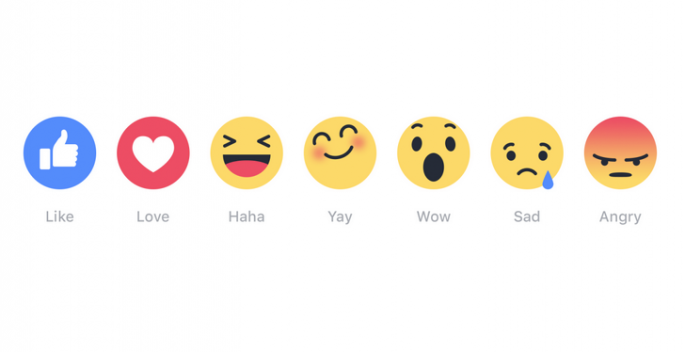Netizens has become more expressive of their emotions which explains why so many emojis have been made available online beyond the mother of all emojis - :-) or Smiley.
On Twitter, some users were initially disappointed when the microblogging site replaced the "favorite" button with a heart-shaped "like" button. However, USA Today points out that by hovering the mouse pointer over the heart, more emojis become available.
This was initially noticed by Twitter users _Ninji who discovered the options available, ranging from a frown to party noisemakers. However, this feature is only activated for specific users by force-enabling it on his iOS device.
With the change, Twitter users would "like" instead of "favorite" a certain tweet. Explaining the change that Twitter announced in early November, the microblogging site points out that users "might like a lot of things 'but not everything can be your favorite.'"
Twitter Product Manager Akarshan Kumar continues, "The heart, in contrast, is a universal symbol that resonates across languages, cultures and time zones." He adds that "The heart is more expressive, enabling you to convey a range of emotions and easily connect with people."
On Facebook, hovering over the "Like" icon shows seven emojis - the thumbs up, a heart, a smiling face titled "Haha," another smiling face titled "Yay," an amazed face titled "Wow," a crying face titled "Sad" and a red-hot face titled "Angry."
Given how emojis multiplied in 2015, it is not surprising that Oxford Dictionaries' Word of the Year is a happy, crying emoji that is commonly used as an alternative for Laughing Out Loud or LOL.
Explaining its choice of the emoji, Oxford Dictionaries President Casper Grathwohl says in a statement, "You can see how traditional alphabet scripts have been struggling to meet the rapid fire, visually focused demands of 21st century communication ... It's not surprising that a pictographic script like emoji has stepped in to fill those gaps," quotes CNN.



























